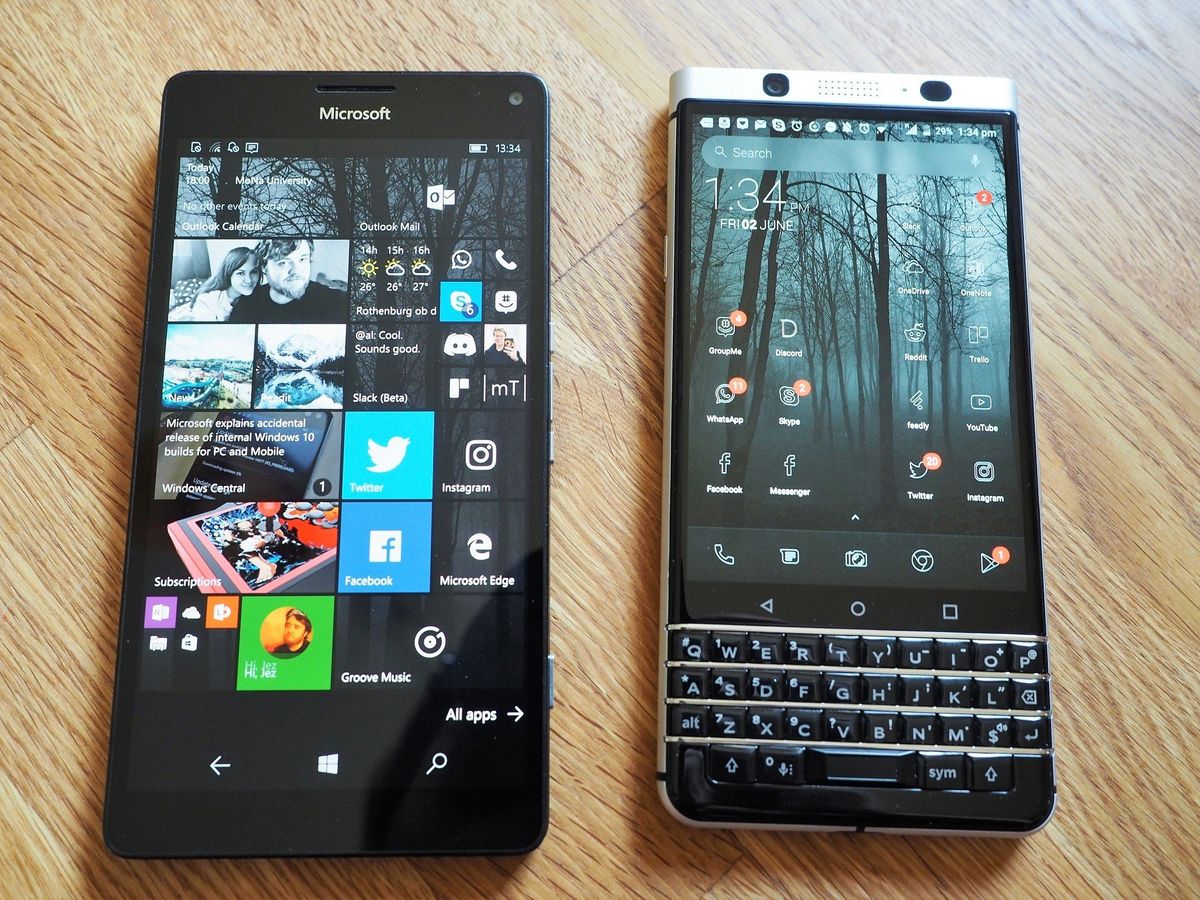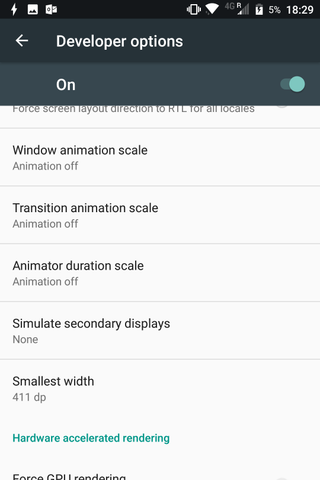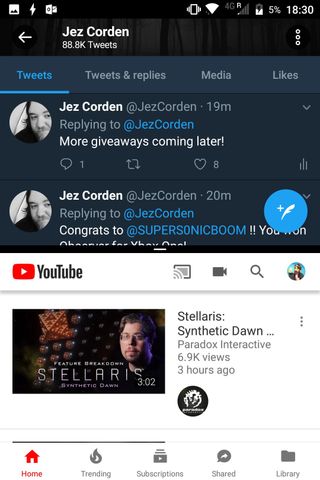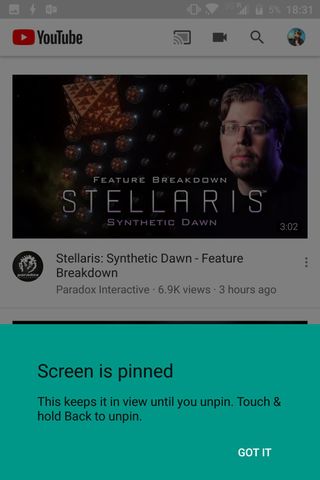5 minor Android features we want on Windows 10 phones
We all know that Windows 10 Mobile isn't really getting new features anymore, as it spirals towards end of life.

There's been quite a lot of bug fixes and polish at least, and even the inclusion of updated emojis. Yay.
The future of Windows 10 on phones appears to rest with Windows 10 on ARM and CShell, and what ever form that takes, it should prove a more unified experience between PC and "mobile phone" devices.
I've been using Android on and off for a few weeks now. Despite having more apps, and more features, I still find myself coming back to Windows 10 Mobile, time and time again, currently using a HP Elite x3 as a daily driver. Honestly, I don't think the grass is greener on the other side, unless you have a particular need for Pokemon Go or Snapchat.
Still, there are some things that Android does better than Windows 10 Mobile and Windows 10. Here are five features I'd love to see make the leap across the OS gap.
1. The ability to close all open apps instantly


Android's equivalent of Windows' Task View is incredibly useful for navigating to minimized apps, and managing closing different apps. Windows 10 Mobile and Windows 10 have this too, either by holding the back button on a phone, or by pressing the Windows key and tab. The two solutions are very similar, with one key difference.
On BlackBerry's KEYone version of Android, and several others, there's a button to close all apps right now. If you're an app junkie like me, switching between Reddit, Twitter, chat apps, browser, and more, being able to close everything instantly is useful. It's not really necessary, since an app running in the background on Android is "tombstoned" and uses minimal power, but it's just a nice option to have.
2. Developer option to switch off animations

One of the things that was bugging me about Android was the bouncy, almost cartoony animations across the OS. That's a little subjective, but I wanted to see if I could adjust them at all, given how customizable Android seems to be in general. It turns out that you can, using Android's developer options. Not only does this make Android a little more bearable to use, it makes switching between apps and multi-tasking a lot faster.
Get the Windows Central Newsletter
All the latest news, reviews, and guides for Windows and Xbox diehards.
You can also disable animations in Windows 10 for PCs, so why not Windows 10 Mobile? In a world where Microsoft was continuing development, this would be a nice feature.
3. System-level icon customization


One of the most annoying things about Windows 10 is the fact that developers have control over tiles, rather than users. This leads to a mess of transparent tiles and non-transparent tiles, which can be difficult to rectify. There are a few work-arounds, both on PC and phones, but they're a little clunky.
Android allows users to install third-party home screen launchers, which often come with icon packs that change every icon across the home screen layout. Tiles are far more complicated than Android's icons, particularly if they're set to live, but it would be nice if Microsoft gave users control over how the initial icon tiles looked at a system level, similarly to how Android does.
4. Mobile split view

Windows 8 introduced us to snappable apps, allowing us to use full-screen programs side-by-side, designed for touch. Windows 10's tablet mode expanded on this further, allowing us to adjust the width of each window at will.
Android on phones gives you the ability to snap two apps on top of each other, which can be useful for watching videos at the same time as browsing Twitter, for example. It looks like this is something that CShell will be able to solve in the future, but I'm certainly hoping Microsoft considers it for phone devices in the future.
5. Screen pinning

One great little security feature on Android is screen pinning. Ever wanted to let your kid play a game? Or hand a colleague your phone so they can see a specific app — but not your notifications or other apps? Screen pinning in the task switcher lets you simply pin an app to the screen, blocking the notification center and home screen. To exit the app, you have to back out to the lock screen and re-enter your pass key.
Windows phone used to have something similar, called the App Corner, which allowed you to restrict phone use to certain apps from the lock screen. Sadly, Microsoft killed the feature because few people were using it. Pinning an app this way feels far more intuitive, though, and would probably be used way more.
Wrapping up
Of course, there are lots of other things I'd like to see from Android on my HP Elite x3 or my Lumia 950 XL. Frequently updated, feature-rich apps from popular services, a company that cares about its future, a wide variety of OEM devices to choose from, but alas, it simply wasn't meant to be.
Windows 10 Mobile is winding down on the feature2 branch, as Microsoft strips out the features for use as part of CShell and whatever comes next for Windows on phones. It could be the Surface Phone, but it also very may well be nothing at all.
Thankfully, passionate UWP developers are keeping my Windows 10 Mobile alive, for now, but if any more essential services abandon UWP, I'll set sail for Android permanently, most likely. Sad face.
What features from other OSes would you like to have seen on Windows 10 or Windows 10 Mobile? Hit the comments below or forever hold your peace.

Jez Corden is the Executive Editor at Windows Central, focusing primarily on all things Xbox and gaming. Jez is known for breaking exclusive news and analysis as relates to the Microsoft ecosystem while being powered by tea. Follow on Twitter (X) and Threads, and listen to his XB2 Podcast, all about, you guessed it, Xbox!